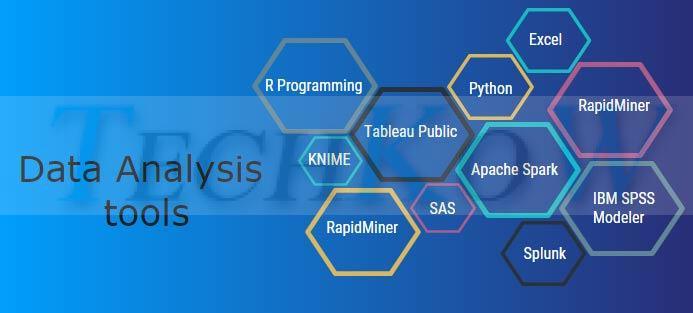Different types of statistical research methods are generally used in statistical data analysis, which a person cannot do without statistical expertise. There is no doubt that the world, whether you are a data scientist or not, is getting fascinated with big data. You have to know where to go because of this. Below we have mentioned some of the best Methods of statistics for data analysis. In arriving at reliable data-driven results, these below-mentioned methods are productive but straightforward. You will also get to know different uses of statistics for data analysis as you continue reading.

Table of Contents
ToggleBest Methods Of Statistics For Data Analysis
Below we have listed some of the best methods of statistics that are used for data analysis. Before going over the list, have a look at the Data Analytics Certification to help you master Data Analytics and get ready for more opportunities to power businesses with the insights that they need.
- Mean
The first technique used to carry out the statistical analysis is mean, most generally called average. You add a series of numbers as you choose to determine the average and later divide the total number by the items on the list.
As this technique is being used, it makes the entire pattern of a data collection to be calculated, as well as the way to access a simple and concise analysis of the study. The simple and rapid calculation often helps users of this method.
The central point of the data being analyzed is the statistical average. The result will be represented as the average of the data presented.
Here is the formula to calculate the mean:
M=x1+x2+x3/Xn
- Standard deviation (SD)
A type of statistical analysis that calculates the distribution of results across the mean is the standard deviation(SD).
If you deal with a high SD, this leads to broadly distributed information from the average. Similarly, low variance means that most data is in line with the mean and can also be related to a set’s predicted value.
SD is primarily used if you need to assess the dispersion of data points (if they’re not clumped).
Here is the formula to find the standard deviation:
σ2 = Σ(x − μ)2/n
- Regression
The relations between explanatory variables and dependent variables are modeled by regression, which is commonly charted on a scatter graph. The line of regression also determines whether these experiences are strong or weak. Regression is frequently taught to assess patterns over time in high school or college statistics classes with implications for science or industry.
How one variable affects another, or difference in a variable that causes a change in another, may also be clarified, simply by cause and effect. It means that one or more variables are dependent on the result.
Here is the formula to find the regression:
Y = a + b(x)
- Hypothesis Testing
Hypothesis testing, also recognized as’ T Testing’ in statistical analysis, is a method for testing the 2 sets of random variables inside the data collection.
When a certain statement or inference is valid for the data collection, this method is all about checking. It helps the data to be compared against diverse expectations and theories. It will also help in knowing how the system will be affected by the decisions taken.
In statistics, under a given theory, a hypothesis test defines any quantity. The test outcome interprets whether the theory holds or whether the presumption has been broken. The null hypothesis, or hypothesis 0, is referred to as this assumption.
Here is the formula to find the hypothesis testing:
H0: P = 0.5
H1: P ≠ 0.5
- Sample size determination
Often, the dataset is actually too broad when it comes to processing data for statistical analysis, making it difficult to gather certain data for all aspects of the dataset. Go the direction of evaluating a sample size, or smaller size, of data as this is the case, which is named as sample size determination.
You would need to decide the proper size of the sample to be effective in order to do this properly. You won’t get precise data at the completion of the research if the sample size is too small.
One can do this by surveying your clients and then applying the easy random sampling method to take the customer data to be analyzed randomly. Simultaneously, a sample size that is too big can result in wasted money and time. To define the sample size, you may consider cost, time, or the means of collecting data.
Conclusion
Overall, these data analysis methods provide a clear insight into your Choice PORTFOLIO, especially if you have never examined a statistics method or data collection before. It is, however, just as necessary to avoid the usual drawbacks associated with each process. If you learn these basic statistical data analysis methods, then you are able to advance to more effective tools for data analysis.
If you think the information given above is not enough then you can let us know in the comment section. You can also contact our experts for additional information where we provide assistance on different topics.

